Covering the four weeks 2 – 29 July
2023
-
UK Total retail sales
increased by 1.5% in July, against a growth of 2.3% in July
2022. This is below the 3-month average growth of 3.5% and the
12-month average growth of 3.9%.
-
UK Like-for-like retail sales increased by
1.8% in July, against a growth of 1.6% in July 2022. This was
below the 3-month average growth of 3.3% and the 12-month
average growth of 3.6%.
-
Food sales increased 8.4% on a Total basis and
8.7% on a Like-for-like basis over the three months to July.
This is above the 12-month Total average growth of 7.8%. For
the month of July, Food was in growth year-on-year.
-
Non-Food sales decreased 0.5% on a Total basis
and 0.8% on a like-for-like basis over the three-months to
July. This is below the 12-month Total average growth of 0.6%.
For the month of July, Non-Food was in decline
year-on-year.
- Over the three months to July, In-store Non-Food
sales increased 1.2% on a Total basis and 0.8% on a
Like-for-like basis since July 2022. This is below the Total
12-month average growth of 3.4%.
-
Online Non-Food sales decreased by 6.9% in
July, against a decline of 3.9% in July 2022. This is steeper
than the 3-month average decline of 3.4% and the 12-month
decline of 3.4%.
- The proportion of Non-Food items bought online (penetration
rate) decreased to 34.7% in July from 35.3% in July 2022.
Helen Dickinson OBE, Chief Executive
of the British Retail Consortium, said:
“The slowing pace of retail price inflation fed through into
slower sales this July. Spend was further depressed by the damp
weather, which did no favours to sales of clothing, and other
seasonal goods. Online spending was down again year on year as
the post covid trend back to stores continued, leading to the
lowest proportion of non-food sales online since the pandemic
began.
“While consumer confidence is generally improving, it remains
below longer term levels. And with last week’s rise in interest
rates pushing mortgage rates up ever higher, the Government must
get a handle on the economy, offering a solution to languishing
GDP growth in a way that supports both households and businesses.
Only by creating the economic conditions for future growth, will
we see a meaningful improvement in the outlook.”
, UK Head of Retail |
KPMG
“As the storm clouds came out, shoppers
retreated, with like for like sales growth a dismal 1.5% up in
July. Jewellery, food and drink and items for the home were the
best sellers on the high street, whilst the wet weather meant no
need to restock summer wardrobes, with all categories of clothing
falling into negative sales territory, in what is usually a busy
month for clothing retailers. Online sales continued to
slide, falling nearly 7% year on year, with just a handful of
categories such as furniture, health and beauty performing
well.
“We are starting to see a big rise in the number of promotions
that retailers are putting in place in order to get shoppers
through the door, as they battle to keep market share.
Price conscious consumers are shopping more carefully, more aware
of where bargains can be found and what they are getting for
their money – which is biting hard into retail margins and
profitability. UK consumers have been hugely resilient
throughout the cost-of-living crisis, but stubbornly high
inflation coupled with rapidly rising interest rates will test
their ability and willingness to keep on spending for the rest of
this year.
“Both consumers and retailers are finding that they are having to
get used to doing more with less as conditions remain incredibly
challenging."
Food & Drink sector performance | Sarah Bradbury, CEO
| IGD
“Food and drink sales continued to grow in
July, although the rate of growth was the lowest since January.
Sales growth was driven by inflation as volumes remained in
negative territory, in part due to the unseasonably wet weather,
especially compared to last July's heatwave.
“Although IGD’s Shopper Confidence Index increased for the fourth
month running, confidence remains low. Shoppers are feeling less
pessimistic about their personal finances, but they aren’t yet
feeling optimistic; fewer people are experiencing rising energy
bills (51% compared to 68% in Jul’22) and fewer shoppers expect
to be financially worse off in the year ahead (37% compared to
50% in Jul ’22). Furthermore, fewer shoppers are concerned about
food price rises with 68% expecting them to get more expensive in
the next 12 months compared to 89% last July.”
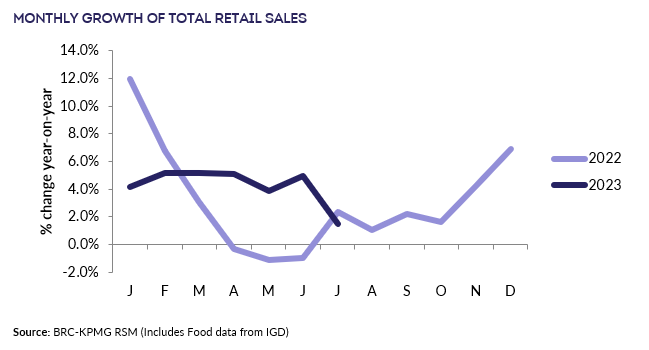
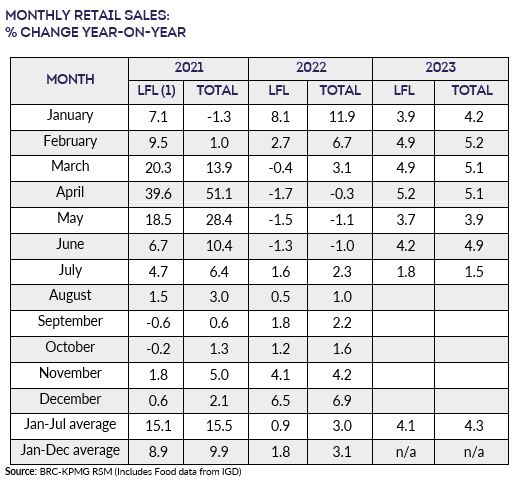
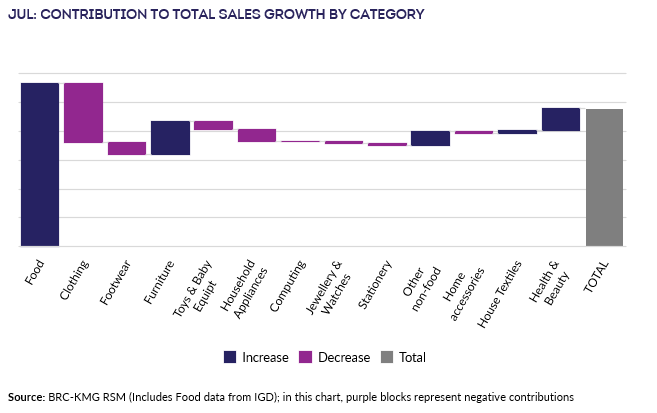
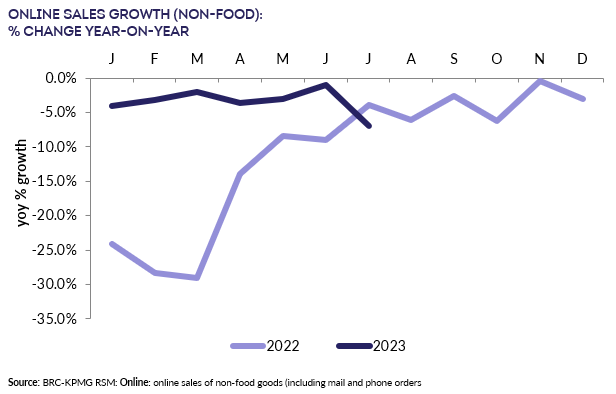
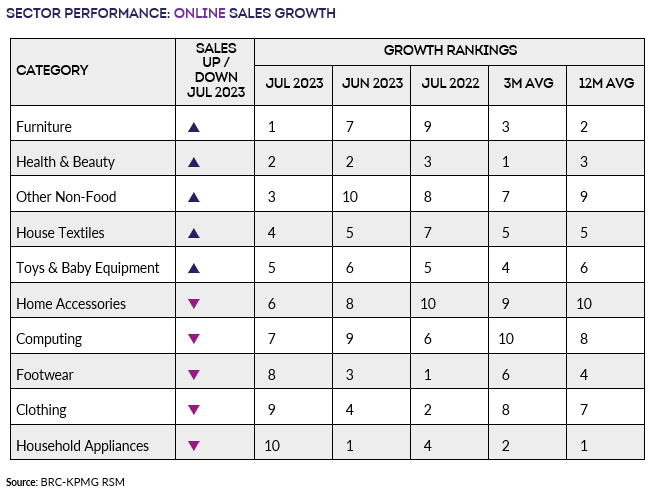
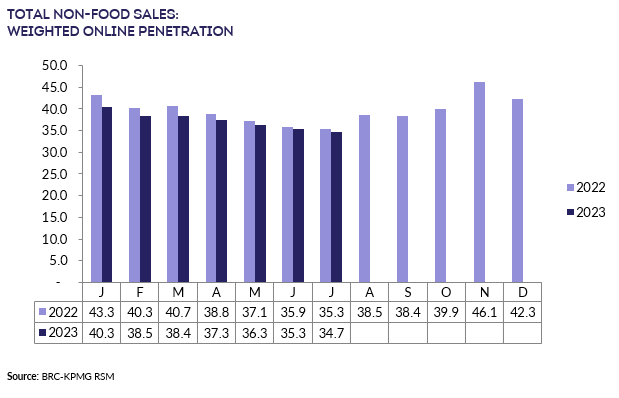
-ENDS-
